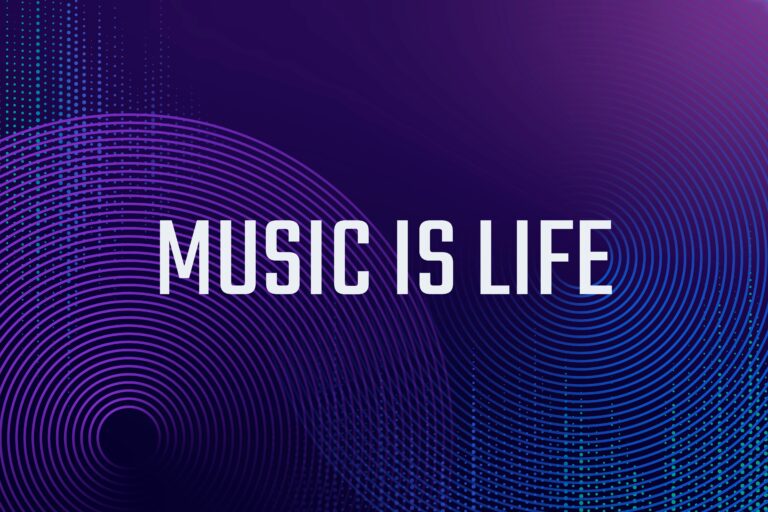Instrument in Electronic Music
Electronic music, with its rich textures and intricate soundscapes, relies on a variety of instruments to create its distinctive sounds. These instruments range from traditional synthesizers and drum machines to cutting-edge software and digital audio workstations (DAWs). Below is an overview of some of the most influential instruments used in electronic music production today.
electronic music | Instruments
Synthesizers
Synthesizers are the cornerstone of electronic music, capable of creating a wide range of sounds—from mimicking traditional instruments to generating entirely novel timbres. They work by manipulating electrical signals to produce sound, which can be shaped and modified through various controls. There are several types of synthesizers, including:
Analog Synthesizers: Use analog circuits and signals to generate sound. Renowned for their warm, rich tones.
Digital Synthesizers: Utilize digital signal processing (DSP) to create sounds. They offer vast flexibility and precision.
Modular Synthesizers: Consist of separate, interchangeable modules that generate and modify sounds, offering unparalleled customization.


Drum Machines
Drum machines are electronic devices that simulate the sound of drums, percussion, and other rhythm instruments. They allow musicians to program and sequence rhythm patterns, making them essential for beat-making in genres like hip-hop, techno, and house. Classic drum machines, such as the Roland TR-808 and TR-909, have become iconic in electronic music for their distinctive sounds.
Sequencers
Sequencers are used to record, edit, and play back music. They can control synthesizers, drum machines, and other electronic instruments, allowing for the precise arrangement of note sequences and rhythms. Modern sequencers are often found within DAWs, providing a digital interface for complex composition and editing.


Digital Audio Workstations (DAWs)
DAWs are software platforms that integrate recording, editing, mixing, and mastering capabilities into a single package. They have revolutionized music production by making it accessible to anyone with a computer. Popular DAWs include Ableton Live, FL Studio, and Logic Pro, each offering unique features that cater to different aspects of electronic music production.
MIDI Controllers
MIDI (Musical Instrument Digital Interface) controllers do not produce sound themselves but are used to control other electronic instruments and software. They come in various forms, including keyboards, drum pads, and wind controllers, and are essential for interfacing with DAWs and other electronic music equipment.


Samplers
Samplers allow musicians to record and manipulate audio from the world around them. They can take any sound, from a vocal snippet to a field recording, and transform it into a musical instrument. This ability to incorporate diverse and unique sounds into music production has made samplers a vital tool in electronic music.
Effects Processors
Effects processors modify the sound of electronic instruments in real-time, adding depth and texture to the music. Common effects include reverb, delay, distortion, and modulation effects like phasers and flangers. These can be standalone hardware units or software plugins within a DAW.


Field Recorders
Field recorders are portable devices used to capture sounds from the environment. These recordings, or “field recordings,” can then be incorporated into electronic music, adding organic textures and atmospheres.
The instruments and tools used in electronic music are diverse and continually evolving. From the foundational sounds of synthesizers and drum machines to the innovative possibilities of DAWs and samplers, these instruments offer a vast palette of sounds for musicians to explore and create with. As technology advances, so too will the instruments of electronic music, promising an exciting future for the genre.